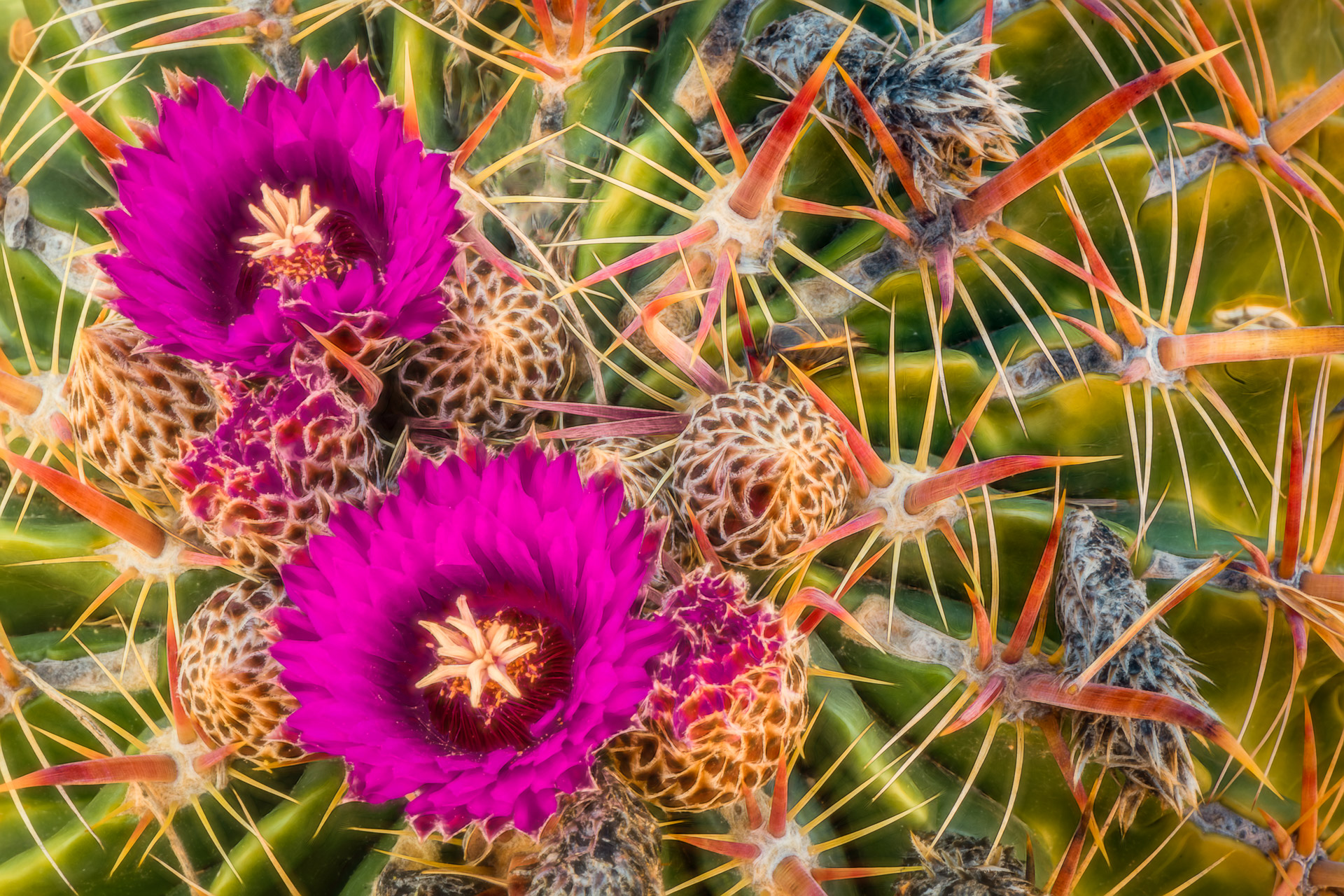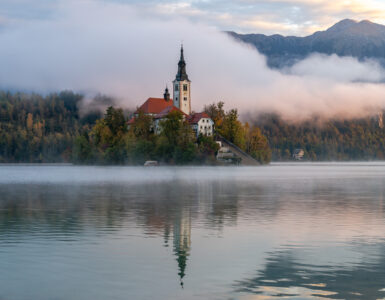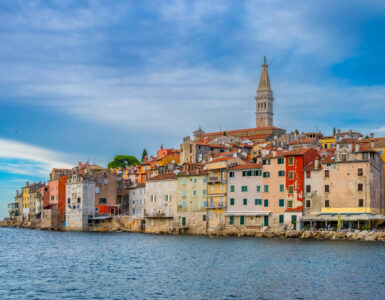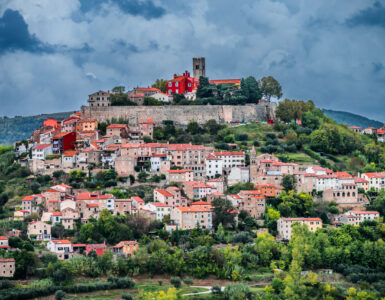Since we were participating in a macro and close-up photography workshop, a visit to the Tucson Botanical Gardens was a must.
After spending a number of hours exploring our home base at Tanque Verde Ranch our instructor, Mike Moats, let us know we would be driving into Tucson to visit the…
Tucson Botanical Gardens for a broader array of subjects. We were not disappointed.

Details from Wikipedia:
The Tucson Botanical Gardens is a 5.5 acre (2.2 ha) collection of sixteen residentially scaled urban gardens in Tucson, Arizona, United States. Paths connect these gardens, which include a Zen Garden, a Prehistoric Garden, a Barrio Garden, a Butterfly Garden, a Xeriscape Garden, and a Children’s Garden.
The Cox Butterfly & Orchid Pavilion is home to orchids, bromeliads, and jungle vegetation, along with a display of live tropical butterflies from five continents from October to April. The Cactus and Succulent Garden contains hundreds of cacti and arid plants arranged to imitate the arid Sonoran desert, and is embellished with exotic stones and minerals collected by the Gardens’ founder, Harrison Yocum. The Native Crops Garden illustrates the prehistoric agricultural practices in Central and Southern Arizona. The Tohono O’odham Path winds among edible and utilitarian plants of the Sonoran Desert.
History
The Tucson Botanical Gardens were founded in 1964, by horticulturist and collector Harrison G. Yocum. The gardens were originally located at his home on North Jefferson Street and contained an extensive collection of cacti and palms open to the public. Memberships became available in 1968, and the group became chartered as a non-profit corporation the next year. After the organization grew to over 100 charter members, it moved to Randolph Park, where it used available greenhouse display space.
After growing further, the group was looking for a larger location to move the gardens to. Mrs. Bernice Porter, the owner of the grounds of the former Desert Gardens Nursery garden, was looking for a way to preserve her house and gardens from demolition. In 1974, the grounds became the new headquarters of the Tucson Botanical Gardens after the Tucson City Council passed Resolution 9384, which stated that the property could be used for the development of a botanical garden.
The house has undergone extensive remodeling to allow it to be more suitable for the library and the administrative offices of the Tucson Botanical Gardens. Many rooms, however, including the Porter Hall, retain the original look of the Porter family house.
Our First Visit
Our first visit was not the best time for shooting flowers as we had had a class session in the morning and so ended up at the gardens mid-day. At least with plants and flowers, you can use a small hand–held diffuser to shade your subject if needed.
The variety was surprising. It was not all cactus and succulents although they were the stars for sure.

The butterfly house was interesting as it contained many tropical plants. Not something you would expect in the desert! The temperature was very high in the butterfly house that day compared to the outside temperature. I had to wait several long minutes for my camera and lens to equalize to the warmth and humidity inside. Due to the high temperature, the butterflies were moving around so much that it was almost impossible to get a good image. So I mostly “settled” for the colorful tropical plants.



Eventually, the heat & humidity of the Butterfly House was too much! I checked myself for butterflies and then went through the barriers to get back outside.
It was time to check out the desert plants. Tucson Botanical Gardens has a great variety of desert type plants. Some were familiar and some where very strange and different.



We were running short on time… so I packed up and headed for the exit, hoping we could come back again.
Our Second Visit
The next day we came back to the Tucson Botanical Gardens. I was happy to take up where I left off in the large cactus and succulent gardens.

Making images in this environment was interesting and a bit scary. One slip or trip and I would be on top of a very prickly plant! I was hoping my ever present clumsiness would stay away that day!

The desert flowers are beautiful and colorful.

But it was the shapes and otherworldly “feel” of the desert plants that really attracted my attention.




As I made a last pass through the gardens I noticed an area that had no plants but I could see some rocks that had words on them. I stood back, took a look at what I had, and came up with the following rock wisdom!


As I waited for the rest of the group to come back to the gathering point, I thought about how different this botanical garden was from the ones I have visited back home in Florida. This was definitely full of desert spirit!

I made a quick stop in the small gift shop and picked up some Prickly Pear licorice! Yum that was good!
I highly recommend Tucson Botanical Gardens when you are in the Tucson area. This place gives you a concise view of desert plants with a few others thrown in! Visit their website for more information.
For a larger view of these images please click on any image or for these and many more images please visit my Gallery.
For my next post I will be changing things up somewhat as I visited the Arizona – Sonora Desert Museum which is not so much a museum but more of a very in the desert zoological park with a healthy amount of desert plants as well.
That is all for now.
Lynn






Add comment